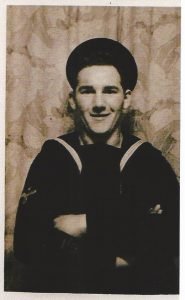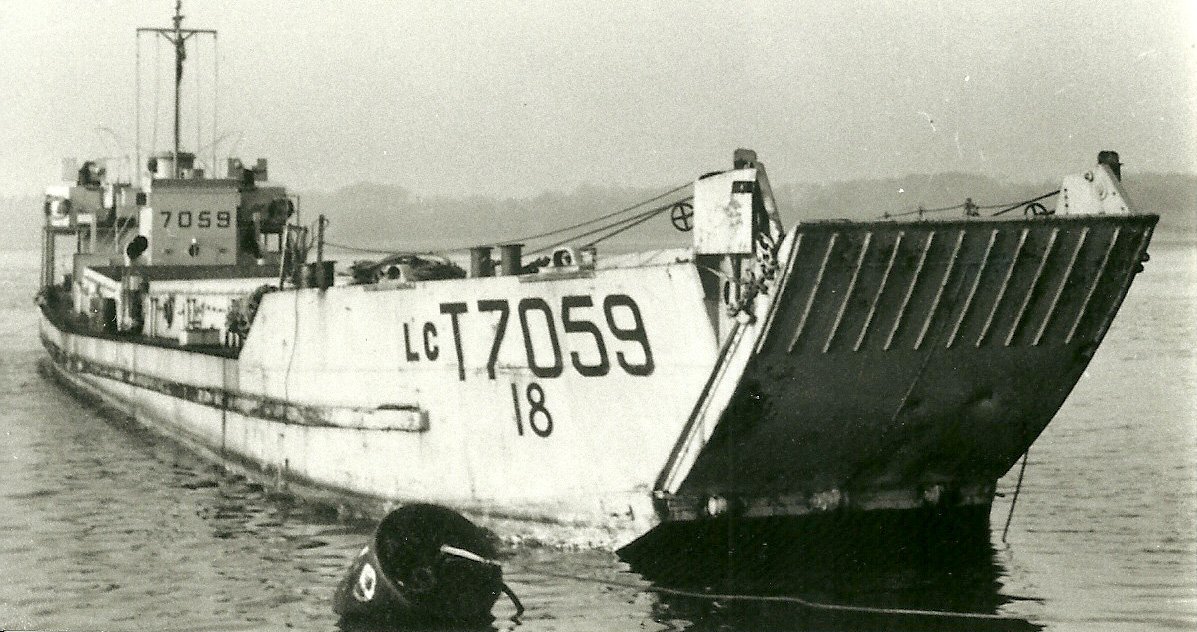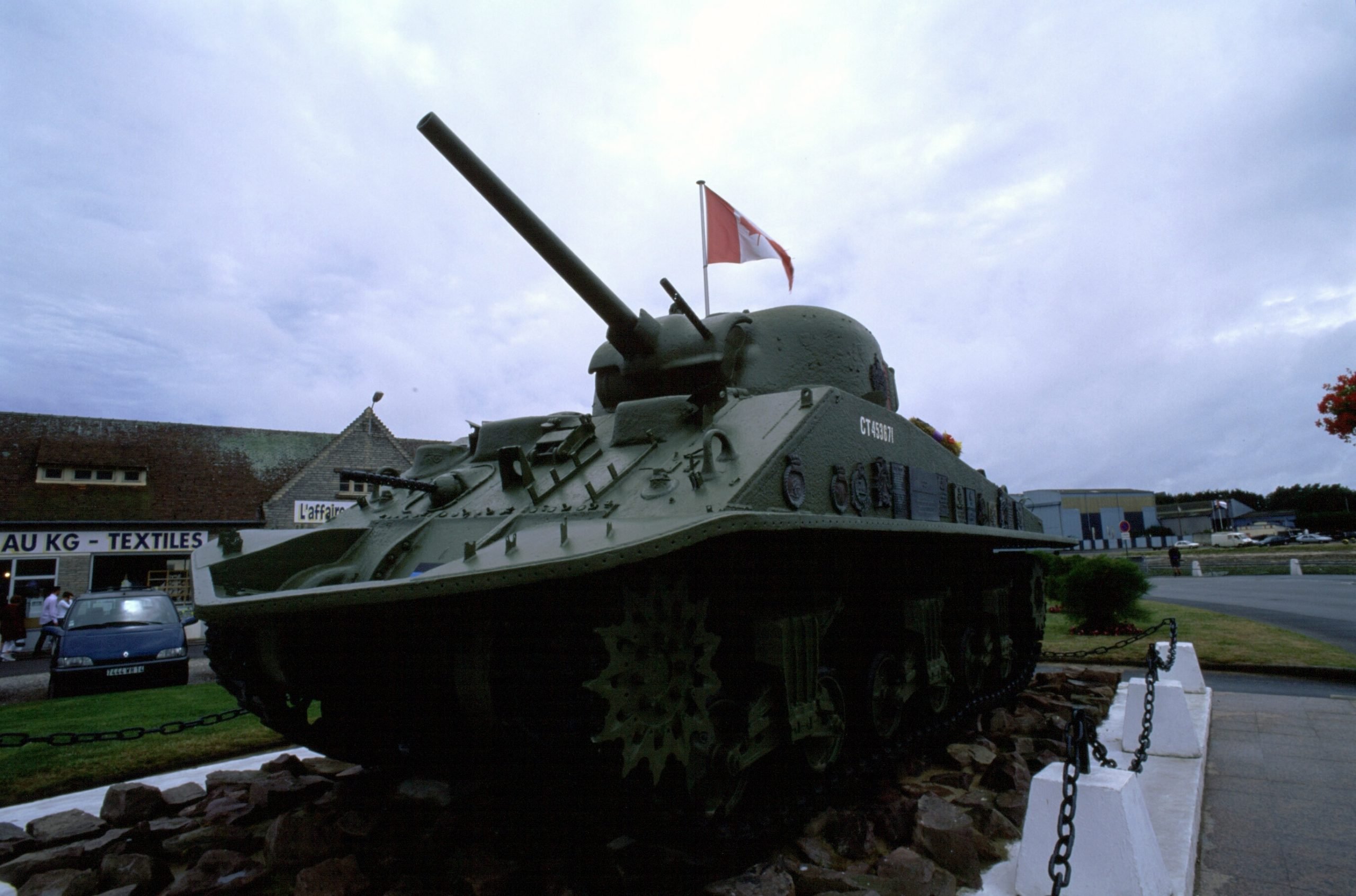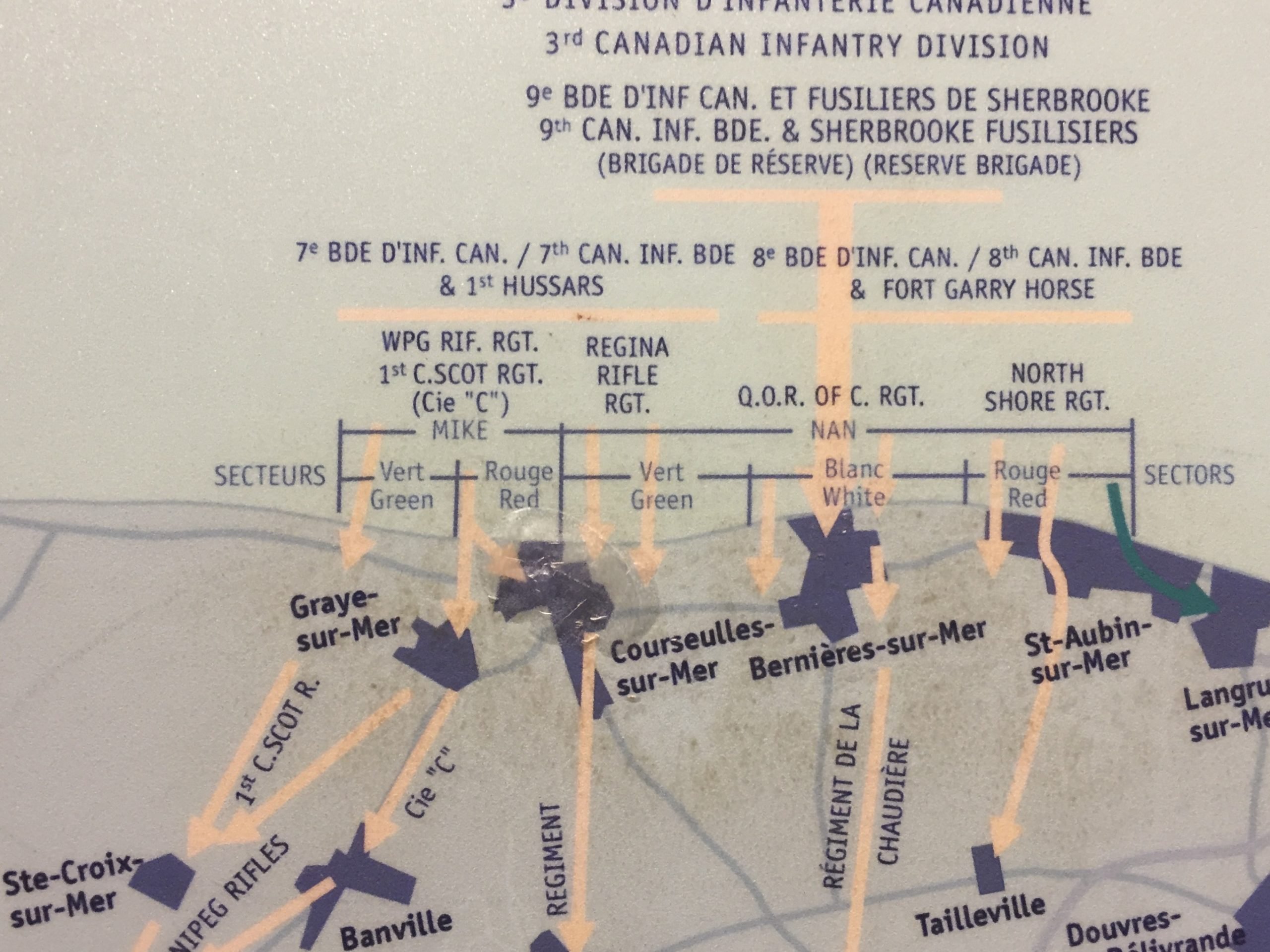NPA Chair shares family connection to D-Day
PUBLISHED ON: 30 MAY 2024
Ahead of the 80th anniversary of D-Day, New Forest National Park Authority Chair David Bence shares the story of his uncle John’s part in that historic day. You can read more about the New Forest’s role in the build-up to D-Day here.
Stoker First Class John Bence (Royal Navy), my Uncle, was approaching his 19th Birthday as D-Day loomed. Assigned as the Engine Room rating on Landing Craft Tank 7010, he was based in Southampton 80 years ago.
Somerset born and bred there was definitely a roguish side to his character if his stories of run-ins with military police whilst running ashore in Southampton are to be believed. Nevertheless, a brave young man doing his bit and never once wanting recognition or reward.
Living in small cramped conditions in the aft section of the Landing craft with a hammock slung over the small dining table he would, undoubtedly, have felt the full gamut of emotions, from fear and excitement to boredom and frustration as he waited for orders to sail for D-Day.


Operation Neptune was the name given to the maritime phase of D-Day and Landing Craft Tank (LCT) 7010 as part of the 4th LCT Flotilla was one of 48 LCTs assigned to Force J.1. Assault Group J, of which J.1 was a distinct part, was Head Quartered at Lepe House in Exbury (although as a Stoker I doubt he would have ever been there). Force J provided the Maritime Component assaulting Juno Beach and, in particular, Force J.1 would deliver the Canadian 7th Brigade landing at Courseulles. As part of that Force, my uncle’s Landing Craft carried Sherman Tanks of the DD variety which were amphibious tanks designed to be launched off-shore. These were embarked at Calshot (as I understand it) and in the days leading up to D-Day, the craft would have been full to the brim of Sherman tanks, tank crews and the LCT crew.

As the order to sail came, never before had a Stoker’s job been so important, keep the engine running at all costs. In the cramped engine room, he started the engine and kept it going through thick and thin, miserable conditions, hot diesel fumes, and a craft which corkscrewed through the water, meaning that even the most experienced sailors were likely to feel seasick. However, for the LCTs, the crossing on 6 June was uneventful even though the weather was less than kind.
At 0700 on 6 June, the LCTs arrived in the DD Tank launch position some 7000 yards from Juno beach and marked by a lone X-craft. At this point, the weather was too rough to launch the amphibious tanks and the LCTs were ordered inshore, as the lead landing element, to either launch the tanks within 1500 yards of the beach or to beach the landing craft delivering the tanks directly on the beach.
LCT 7010 as leader of the starboard column proceeded inshore and even though an order was received to delay landing, the weather remained unsuitable to launch the amphibious tanks offshore and the LCTs proceeded directly to Juno Beach. Some LCTS hit mines others, including LCT 7010, took shell damage, with one passing directly through the engine room without exploding. That particular event caused my uncle to go ‘up top’ to see what was going on and, as well as the noise smoke and smell, he distinctly remembers a church spire at Courseulles (still there today) being fired upon by a beached LCT as it was being used as an observation post to direct fire at the landing troops and tanks.
At 0740 on 6 June LCT 7010 safely delivered her Sherman Tanks ashore at Juno Beach. Thirty per cent of LCTs were either damaged or destroyed. Even though the weather caused a degree of confusion, the prompt arrival of tanks and other armour at Juno Beach allowed the Canadians to move inshore swiftly.

Over the coming days and weeks, John Bence and LCT 7010 would make around 49 crossings from Southampton to the various Normandy beaches carrying stores, ammunition and replacement vehicles and equipment. Often they would return with German POWs. On one such turnaround early morning of 8 June, as a number of LCTs and other craft were approaching the Normandy coast, they were attacked by German E-Boats resulting in a number of craft being damaged or sunk. LCT 7010 engaged the E-Boats and severely damaged one of them whilst another LCT claimed the sinking of another.
Later in 1944, LCT 7010 took part in the liberation of the Island of Walcheron (Netherlands) landing elements of the embryonic Special Boat Service; actions by LCT 7010 resulted in the Commanding Officer being awarded the Distinguished Service Cross.


